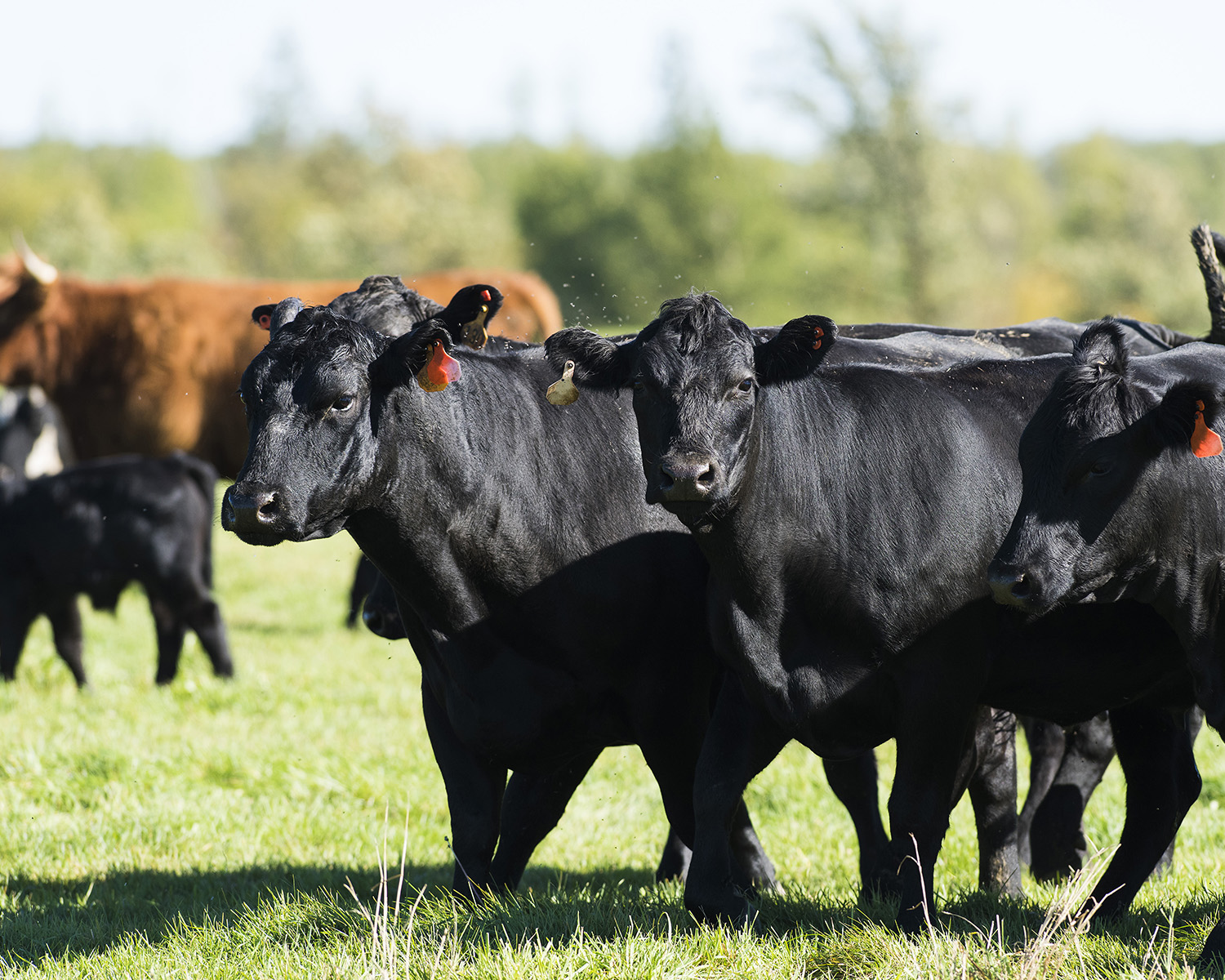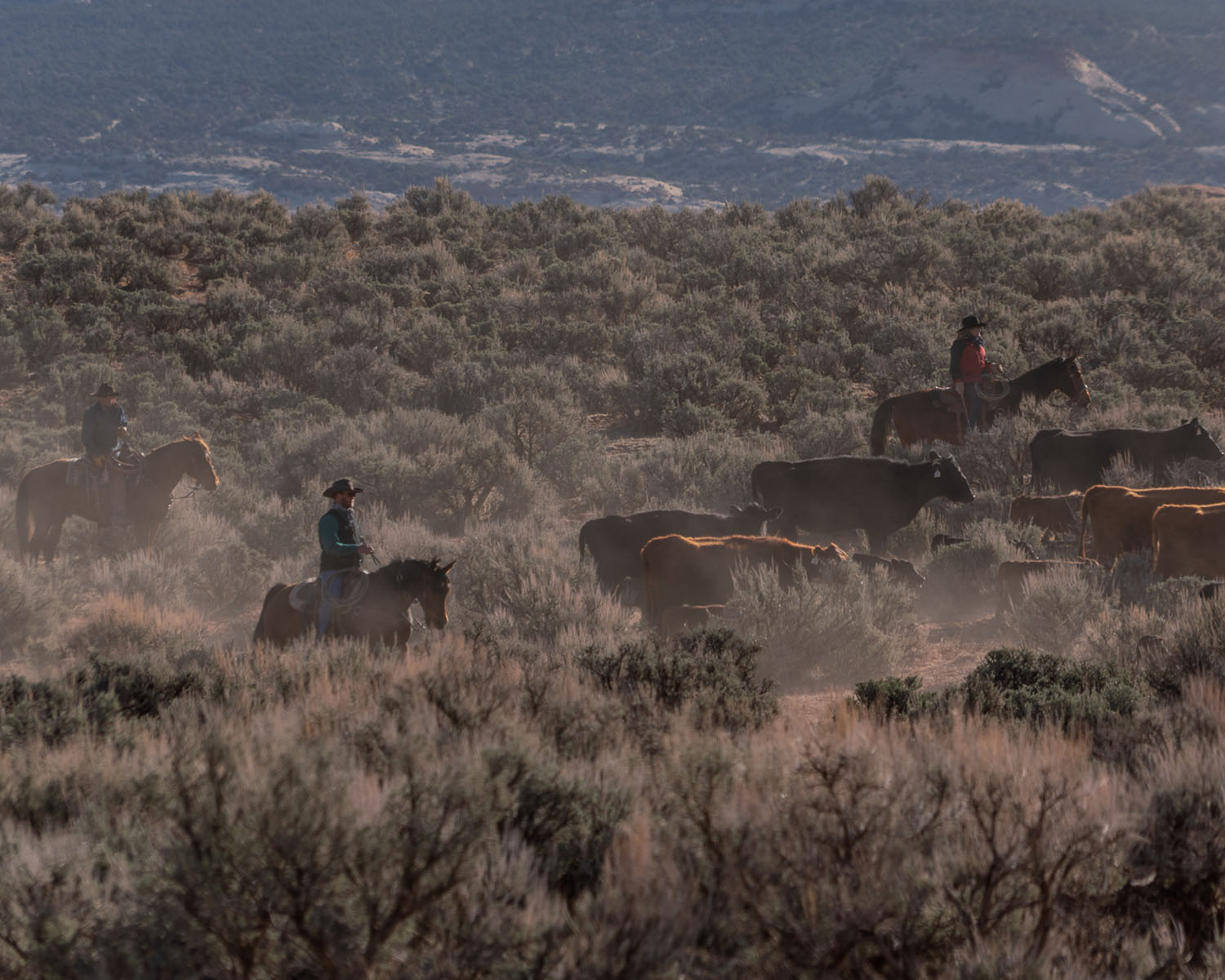Pasture, Rangeland, and Forage (PRF) Insurance is designed to provide essential coverage against the risk of insufficient rainfall for farmers and ranchers. One crucial aspect of PRF insurance is understanding coverage intervals, which dictate when your coverage is active and when you're eligible for indemnity payments. In this guide, we'll explore what PRF insurance intervals are, how coverage is allocated, and what intervals you can insure.
What Are Coverage Intervals?
Coverage intervals in PRF insurance are specific time periods during the year when your insurance coverage is active. These intervals are critical because they determine when you're protected against losses due to inadequate rainfall. PRF insurance divides the year into intervals, and you can choose which of these intervals to insure based on your specific needs and the climate patterns in your region.
How Is PRF Coverage Allocated?
Coverage allocation refers to how you distribute your coverage across the available intervals within a coverage year. Here's how it works:
No Overlapping Intervals: PRF insurance does not allow overlapping intervals. Each interval is distinct and separate from the others. This means that if you choose to insure one interval, it cannot overlap with another.
Percentage-Based Allocation: PRF insurance allows you to allocate your coverage on a percentage basis. For example, if you have a total coverage amount of $10,000, you can allocate 50% of it to one interval and 50% to another. This flexibility enables you to focus your coverage on specific months when you anticipate higher risks due to rainfall variability.
What Intervals Can You Insure?
PRF insurance offers various intervals throughout the year, and you have the flexibility to choose which ones to insure. These intervals are typically divided into even and odd months to capture the different rainfall patterns that occur during the year. It's important to note that some intervals may perform better than others based on historical rainfall data, so your choice of intervals can significantly impact your indemnity payments.
Here are some key points to consider when selecting intervals:
No Overlapping: As mentioned earlier, you cannot insure overlapping intervals within the same coverage year.
Consider Historical Data: It's essential to review historical rainfall data for your area to identify which intervals have a higher likelihood of inadequate rainfall. Some intervals may be more prone to drought conditions, and insuring those can be a prudent decision.
Avoid Even Spread: Be cautious of an agent who evenly spreads your coverage across all even months or all odd months. While this approach may seem balanced, it could mean missing out on substantial indemnities if certain intervals historically experience more drought conditions. It's advisable to base your interval selection on data rather than an even distribution.
In conclusion, PRF insurance intervals play a crucial role in determining when you're protected against the risk of inadequate rainfall. By understanding how coverage intervals work, strategically allocating your coverage, and considering historical data, you can make informed decisions that maximize your protection and potential indemnity payments, safeguarding your agricultural operations from the impact of variable weather patterns.





.webp)




